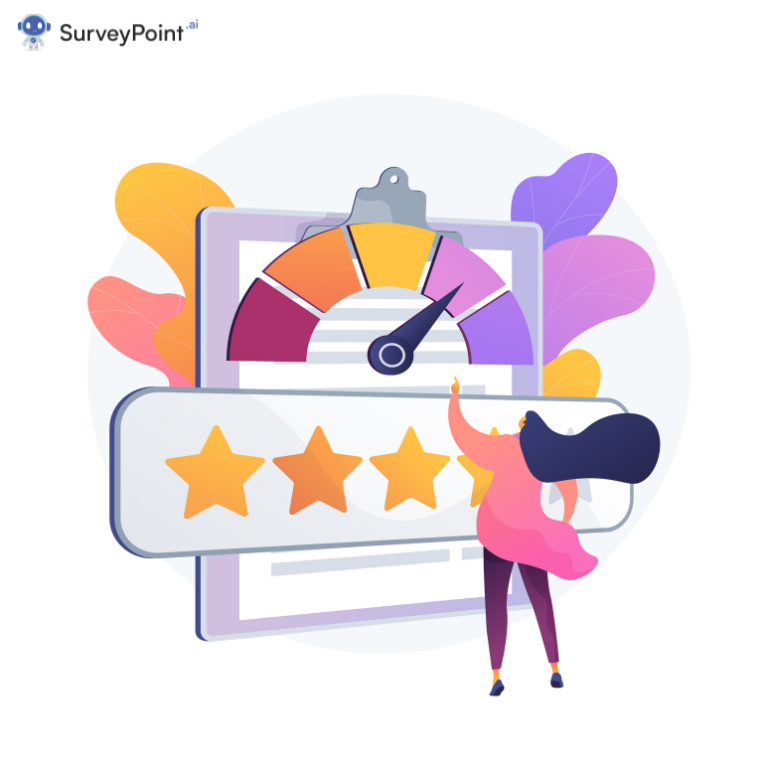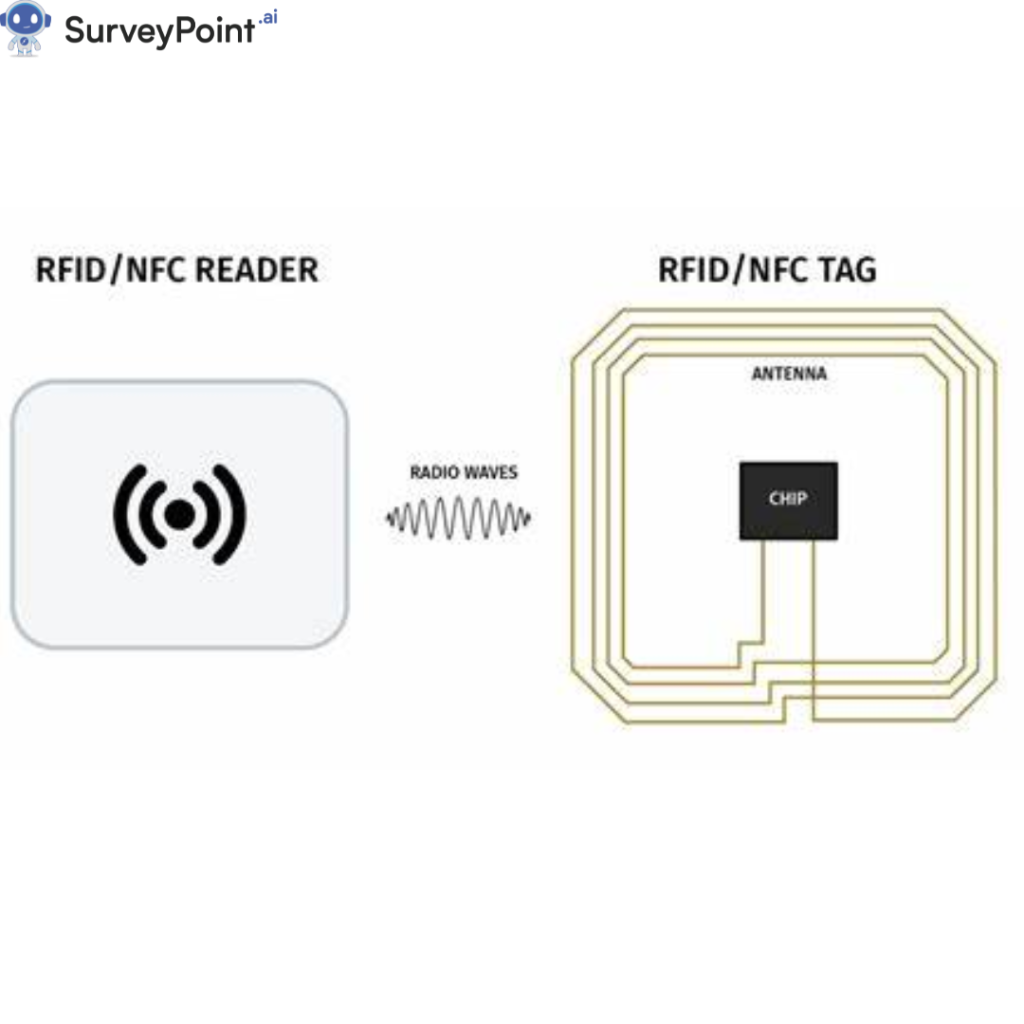
Choosing the right survey target audience is one of the essential parts of a survey. After all, the people who fill out your surveys are the most important part of your study. They are the very foundation of your survey work.
The last thing a researcher or business owner should do is ask the wrong survey audience for their opinions. All of your market research will be for nothing if the information you gather doesn’t apply to the survey target audience you want to reach.
If you want your survey research to give you valuable and actionable information, you must ensure you send your questionnaires to the right people. Choosing the best survey audience involves many moving parts, which may seem challenging.
Don’t worry; this is easy and manageable with the right online survey tool and methods for finding and choosing respondents. In this blog, you’ll find out why choosing the right online survey target audience is essential, what to look for, and how to use targeting strategies.
Firstly, let’s understand the target respondents’ meaning.
What is Target Audience in Research?
The survey’s target audience is the people to whom the study is directed. This group is chosen based on their age, gender, location, interests, behaviors, or other things that are important to the research question. Setting a target audience ensures the research results are useful and relevant to the people or group being studied. By figuring out who the target audience is, researchers can tailor their survey questions, research methods, and data analysis to better understand the needs and perspectives of this group. This lets them collect more accurate and valuable data, which can be used to help make decisions or improve products, services, or policies. It is essential to select a good survey target audience.
Importance of Selecting the Correct Target Audience
Even though it may seem obvious that you need to send your survey to the right people, there are also some less obvious things to consider. The success of your research campaigns depends on your respondents, especially the right ones.
Here is a checklist that shows how important it is to send your survey to the right people.
- The people who fill out your survey are its subjects and the heart of your market research, along with the survey’s focus, goals, and more significant marketing push. So, the right survey respondents will give good surveys for various campaigns and lead the whole campaign in the right direction.
- If you want your survey campaign to give you reliable results, you must ask the right people. No matter how well a survey is done, the results are useless if they don’t apply to the group they were meant for.
- Researching the demographics and psychographics of your market segment will help you find it and meet its needs. So you can pay attention to what the client needs. Most businesses see a 60% profit rise when they put their customers first.
- 56% of customers are likely to stick with a business if they see that it cares about their needs. Customers can more potentially stick with a company if they think their thoughts are essential. By doing this, you will get helpful information that will help you avoid problems in your business.
- Brand loyalists are more likely to buy from the same brand again. The average business gets 65% of its income from customers who buy from them again. It gives you an edge over the other companies. Some businesses may do market research, but others may need to send their surveys to the right people.
Moving forward, let us see the best way to survey the target audience.
How to Reach the Target Audience
If you want valuable results from your survey, think carefully about how you choose and target respondents. Not only the people who filled out the survey are included here, but also the tools, methods, and characteristics that define them.
The following items explain everything you need to know about choosing the right people to answer a survey:
- Trying to figure out who you’re selling to
- Use secondary sources to learn about your target audience.
- Getting firsthand information about the people you want to reach.
- Market segmentation lets you find out more about the people you want to reach.
- Figuring out who your audience is
- Figuring out which of your best customers to survey
- Getting the number of people you want to fill out your survey
- Choosing an Appropriate-Sized Survey Sample
Different types of market research, such as primary, secondary, quantitative, and qualitative, are used during this step. With the right online survey software, you can do all your primary research campaigns and have a big helper for your secondary research.
Types of Target Audiences
There are many ways to figure out who you want to reach. You can divide your target market in many ways, such as by age, occupation, level of education, and amount of money they have to spend. The most useful information will come from putting these people into three groups based on their age, hobbies, and how often they buy things.
Demographics-driven Target Audience:
Demographics describe people based on how well off they are financially. Demographic characteristics include age, education, location, gender, income, and other aspects of life.
For example, if you want to study how the epidemic has affected young people, you should find male and female students between the ages of 18 and 24 from counties with at least 25,000 people.
Target Market Segmentation based on Buying Intent:
Businesses in the e-commerce industry use a lot of information to determine whether or not a customer is likely to buy. This information is necessary to understand what potential buyers want and why they want it.
Scientists divide consumers into subsets based on the brands and products they are most involved in. This lets them reach out to customers directly to find out how to meet their needs and improve their products and services.
You Must Like: Everything you need to know about Candidate Net Promoter Score
Audience Based on Personal Interests:
People’s interests include what they like to do, what they like to read, and what they want. Everything is fair game, from movie genres to music styles, cars, books, and dance.
For example, to get honest opinions, you could show a new action movie to people who like that kind of movie and ask them to rate it based on a set of criteria you set.
Target Audience Characteristics
If researchers want their findings to be accurate for the whole population, they must take samples from the right people. Because of limited time, money, and resources, asking everyone what they think wouldn’t be possible. The best way to study a large population is to split it up and draw conclusions from smaller samples.
You need to know who you’re researching to get helpful information. If you do your market research right, you will learn valuable things about the people you want to reach.
Here are three things researchers should keep in mind when taking samples from their survey target audience:
Diversity:
Keep a wide range of samples at all times. It might be hard to get a diverse sample if some parts of the community are hard to reach or want to avoid participating in the survey. To accurately show how the population as a whole is made up, you need a sample that is made up of many different kinds of people. You need to get data from a large cross-section of a diverse and representative population to ensure the validity of the results.
Transparency:
Several things can change the size and makeup of a population. Researchers should discuss these limits so that sample selection methods are transparent and honest. Researchers have to be open so that the survey results can be understood.
Consistency:
Before researchers can start a complete survey, they need to know much about the population and show that the sample is reliable. This is very important for studies that look at changes over time and space because we have to be sure that any differences we find in our study data show a general trend across samples that are otherwise the same and consistent.
Conclusion
In conclusion, any research or survey needs to identify and understand your target audience. By figuring out who you want to talk to, you can make questions and methods more relevant to their needs and points of view. This will help you get more accurate and useful information. Then, you can employ this information to make smart decisions and improve your products, services, or policies. Taking the time to figure out who you want to reach can help your research or survey be more successful and give you better results. Take the help of Survey Point, one of the best survey tools.




